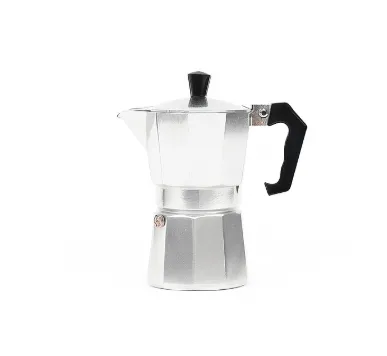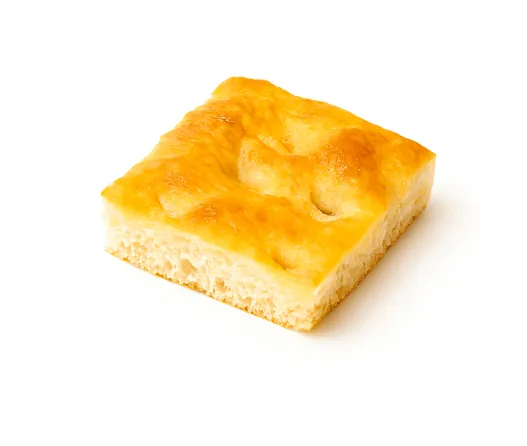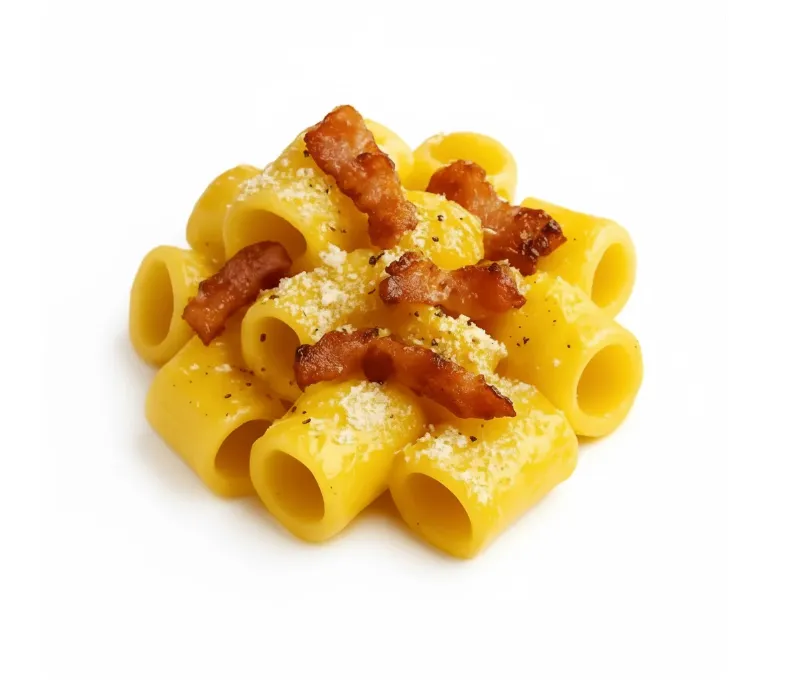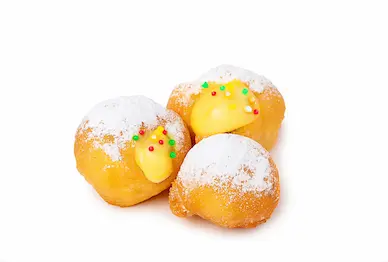 Mi piace
Mi piace
Lesson twenty-four


Words like my, your, his, her, our, and their are possessives. They are used to indicate ownership. When they appear before a noun, they are called possessive adjectives, while when they stand alone, replacing a noun, they are called possessive pronouns. In this guide will help you understand how possessives work in Italian.
In Italian, possessive adjectives agree in gender and number with the noun they describe, not with the person who owns the object. This is different from English.
They are usually accompanied by a definite article (il, la, i, le), except in certain specific cases.
Here is a chart of all the Italian possessive adjectives:
| Singular Masculine | Singular Feminine | Plural Masculine | Plural Feminine | |
|---|---|---|---|---|
| il mio | la mia | i miei | le mie | |
| il tuo | la tua | i tuoi | le tue | |
| il suo | la sua | i suoi | le sue | |
| il nostro | la nostra | i nostri | le nostre | |
| il vostro | la vostra | i vostri | le vostre | |
| il loro | la loro | i loro | le loro |
Il mio gatto è grasso.
My cat is fat.
La mia ragazza si chiama Carolina.
My girlfriend's name is Carolina.
Sono uscita coi miei amici.
I went out with my friends.
Le mie coinquiline sono simpatiche.
My roommates are nice.
Il tuo appartamento è grande.
Your apartment is big.
Mi piace il suo vestito.
I like her/his dress.
Ci sono molti fiori nel vostro giardino.
There are many flowers in your (plural) garden.
La nostra famiglia è importante per me.
Our family is important to me.
When addressing someone formally, use il suo / la sua instead of il tuo / la tua, even though you're talking to one person:
Ecco il suo caffè, Signor Rossi.
Here is your coffee, Mr. Rossi.
Come sta sua moglie?
How is your wife?
Mi può dare il suo numero di telefono?
Can you give me your phone number?
When referring to singular family members, do not use the article before the possessive adjective.
Mio fratello, not il mio fratello
Mia sorella, not la mia sorella
But in the plural, the article is required:
i miei fratelli
le mie sorelle
Mio fratello si chiama Daniele.
My brother's name is Daniele.
Sua mamma ha quarant'anni.
His/Her mom is forty years old.
Mia nonna cucina molto bene.
My grandmother cooks very well.
Mio zio fa il dottore.
My uncle is a doctor.
With mamma and papà, using the article is optional, both forms are acceptable:
La mia mamma fa l’avvocato. / Mia mamma fa l’avvocato.
My mom is a lawyer.
Il mio papà fa l’infermiere. / Mio papà fa l’infermiere.
My dad is a nurse.
You've probably heard the phrase Mamma mia!, it literally means my mom, but it’s used to express surprise or emotion, not to talk about your mother. To actually refer to your mom, say la mia mamma.
Mamma mia! È tardi!
Oh my! It's late!
Mamma mia che freddo!
Oh wow, it's cold!
You must always use the article with the possessive loro, and when you add an adjective to the noun.
Il loro padre è simpatico.
Their father is nice.
Il mio caro marito è malato.
My dear husband is ill.
You may use or omit the article. When omitted, the possessive goes after the noun:
Casa mia è grande. / La mia casa è grande.
My house is big.
Casa tua è in centro. / La tua casa è in centro.
Your house is downtown.
The possessive usually comes after the noun, and the article is not used when it's singular:
Non è colpa mia.
It’s not my fault.
È colpa tua se siamo in ritardo.
It’s your fault we’re late.
To say one of my colleagues, you use una or un before the possessive adjective:
Una mia collega mi ha consigliato questo libro.
One of my colleagues recommended this book.
Mio figlio esce con una sua amica.
My son is seeing one of his female friends.
 Mi piace
Mi piace
Lesson twenty-four
 Object pronouns
Object pronouns
Lesson twenty-five
 Indirect object pronouns
Indirect object pronouns
Lesson twenty-six
 Passato prossimo
Passato prossimo
Lesson twenty-seven
 Imperfetto
Imperfetto
Lesson twenty-eight
 Numbers
Numbers
Lesson twenty-nine